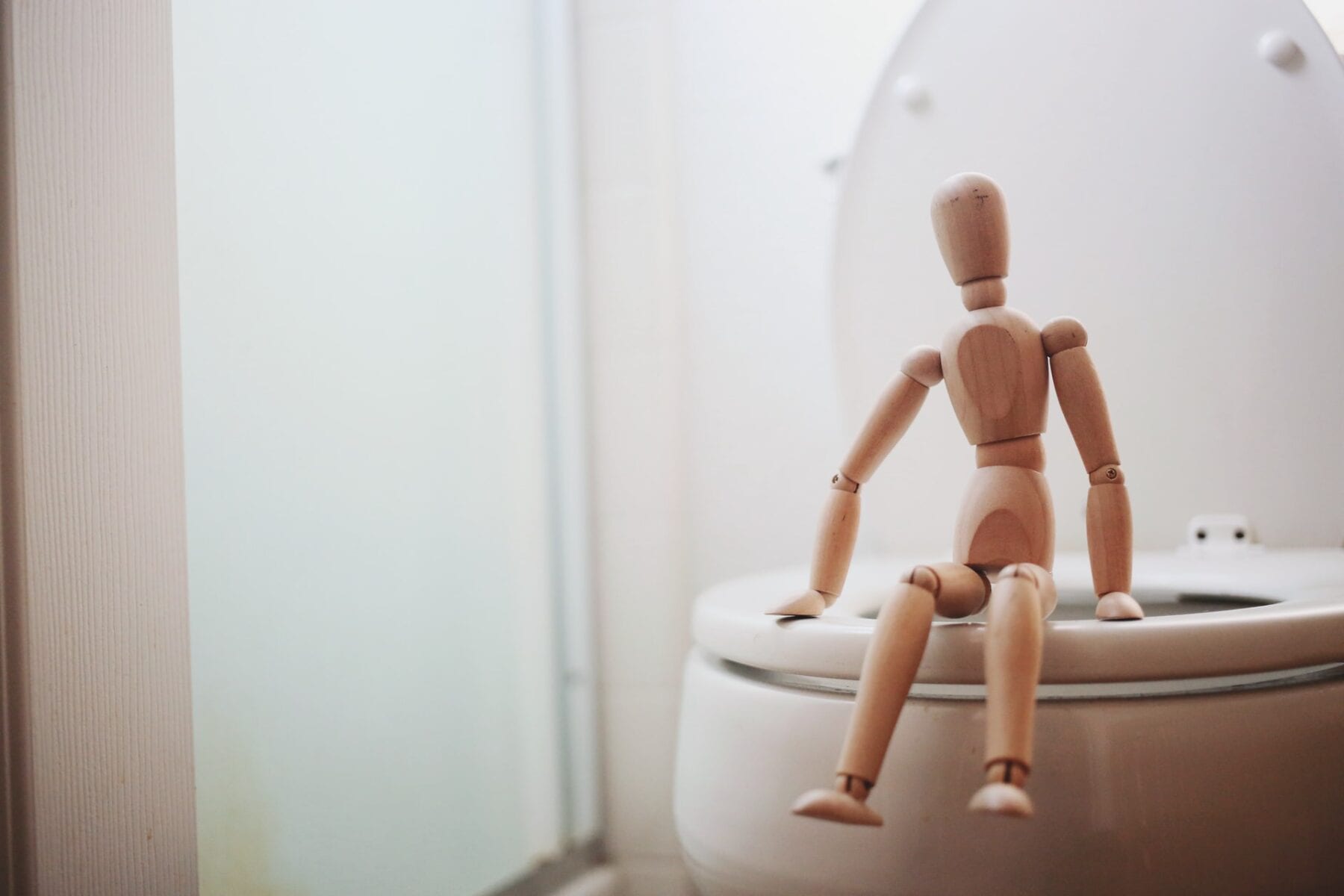What are autism support groups?
A support group provides a safe environment for people with common issues to share stories and information as well as ideas about how to deal with the problems they face.
Autism is a disorder that can create a lot of turmoil in social relationships, so having a support group can help parents and relatives as well as children connect with other people who are patient and understanding.
Autism support groups often include activities for both adults and children. Though every group is different, all autistic support groups engage in a variety of activities that are designed to enhance coping strategies, connect people with similar experiences to each other, and create opportunities for participants to learn new techniques for dealing with autism.
The Importance of Having an Autism Support Group
One of the easiest ways to get to know other parents with autistic children is to attend an autism support group and become an active member. Other parents are often the best source of support and information and through a support group, children with autism and Asperger’s can develop important lifelong friendships.
Having an autism support group can be beneficial in a variety of ways. The support group functions a lot like a community, providing a sense of connection, information, and resources that may be difficult to find outside of the group.
Without the group, parents, grandparents, or siblings may feel isolated or alienated by the problems they face. In contrast, if you have a support group to provide you with tools, information, and guidance, you’ll be much better equipped to deal with mental health professionals, teachers and school officials, and other individuals who will have an effect on your child’s life.
Autism Support Groups in Atlanta provide services for:
- Parents
- Grandparents
- Siblings
- Autistic children and children on the autistic spectrum
- Asperger’s syndrome children
If you live in the Atlanta area check out the top 5 autism support group options listed below:
The 5 Best Autism Support Groups in the Atlanta Area
(If you are looking for ABA therapists in the Atlanta area click on the link.)
1. Spectrum Autism Support Group
The Spectrum Support group was established in 1998 and they currently serve over 1,500 families in Gwinnett County and the Atlanta metropolitan area. It is a well-known resource in the autistic community. They administer a wide array of different programs for the autism community including:
- Respite Programs
- Monthly Support Groups
- Family camps
- Overnight Camps
- Summer Day Camps
- Social Skills Groups
The social opportunities are geared toward providing support for the entire family through education and online resources to improve the lives of families and individuals who have been impacted by autism.
Mailing Address for Spectrum Autism Support Group, Inc.:
P.O. Box 3132
Suwanee, GA 30024
Claire Dees – Executive Director
770-617-8775
claire@atl-spectrum.com
Mary O’Connell – Social Skills Today and Camp Program Director
mary@socialskillstoday.com
General Information and Questions:
info@atl-spectrum.com
2. Autism Speaks Georgia Support Group(s)
Autism Speaks provides both in-person and online support groups for families with special needs children throughout the state of Georgia. As a service to the community, they provide general information about autism. They are dedicated to finding solutions and management strategies for all members of the family across the autism spectrum and for people of all ages.
Through the Autism Speaks organization, parents can access the following services;
- Fundraising opportunities for research to find better treatments for this disease and other related diseases.
- Advocacy
- Support
Mailing Address for Autism Speaks Georgia:
PO Box 199
Rocky Hill, NJ 08553
Email:
georgia@autismspeaks.org
General Telephone: 770-451-0570
Kimberly Dick – Executive Director
kimberly.dick@autismspeaks.org
470-377-7963
Kaitlyn Morris – Senior Manager
kaitlyn.morris@autismspeaks.org
470-377-7964
Janet Williams – Director
janet.williams@autismspeaks.org
470-377-7966
Georgia Parents Support Network (GPSN)
The Georgia Parent Support Network is a group that’s dedicated to providing services to children and families with a variety of different mental health and development issues. They offer the following resources to parents with autistic children:
- Support
- Education
- Advocacy
Mailing Address for the Georgia Parents Support Network:
1381 Metropolitan Parkway
Atlanta, GA 30310
Email: info@gpsn.org
Telephone: 1-844-278-6945; 404-758-4500
Fax: 404-758-6833
Georgia Crisis and Access Line: 1-800-715-4225
Marcus Autism Center Support Group(s)
Marcus Autism Center provides essential resources to families with autistic children, funds groundbreaking research into autism, and offers supportive programs for autistic children and young adults. The center has multiple support groups (such as their bilingual caregiver support group) available to families in need that cater to different populations in the community.
Marcus Autism Center offers the following services to families with autistic children:
- ABA Therapy Program
- Severe Behavior Program
- Assessment and Diagnosis
- Online Tips and Resources
- Educational, Training, and Outreach programs
Marcus Autism Center is open from 8am to 4:30pm Monday through Friday. Their address and contact information for Marcus Autism Center is listed below:
Marcus Autism Center
1920 Briarcliff Road
Atlanta, GA 30329
(404) 785-9400
North Fulton Autism Support Group at Emory Autism Center
The Emory Autism Center is an important community resource center for autistic individuals and their families. The North Fulton Autism Support Group is a notable group in Atlanta that consists of over 450 members that include parents, grandparents, and advocates of autistic children. This group is considered to be one of the most informative and interactive groups in Atlanta. The North Fulton Autism Support Group arranges regular meetings that are based on specific subjects so as to maximize the time used by the group.
During meetings, a speaker from the community discusses a preset topic at the beginning of the night, and then parents are free to discuss it with each other afterwards. There is also an online message board available to families.
In addition to the North Fulton Autism Support Group, the Emory Autism Center offers the following resources:
- Behavior Support and Skill-Building Programs
- Autism Screening and Assessment (for all ages)
- The EAC Educational and Transition Services Program
- Childhood Education and Training for Autistic Children
The North Fulton Autism Support Group meets at the following address and may be contacted using the information below:
TherapyLand
6505 Shiloh Road, Suite 100
Alpharetta, GA 30005
debbiedobbs@comcast.com
(678) 315-2498




